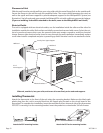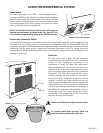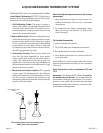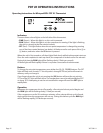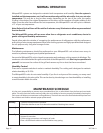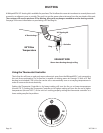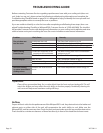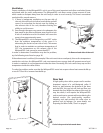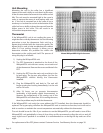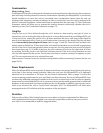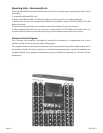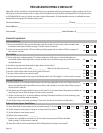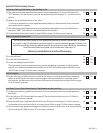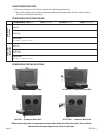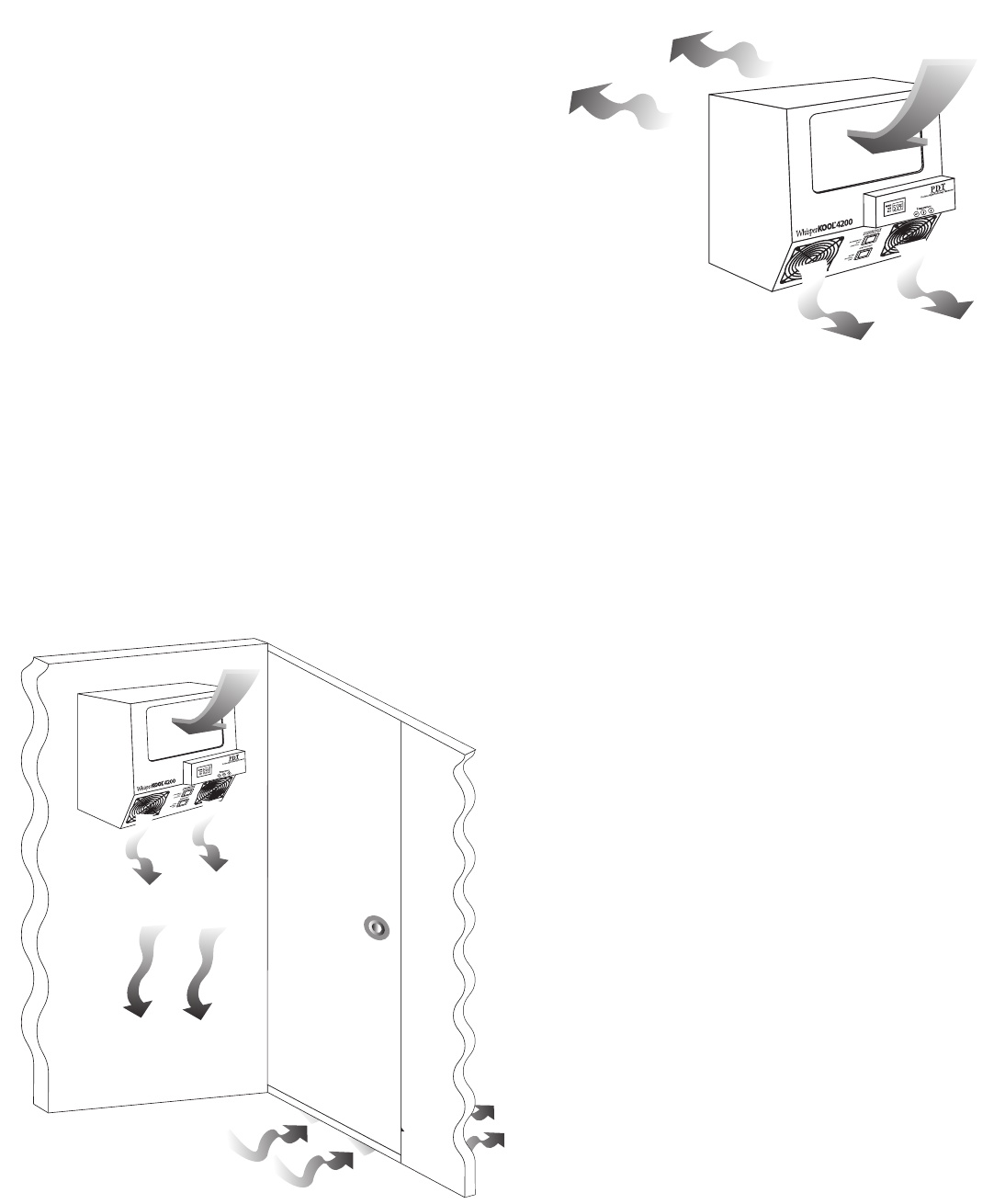
Page 20 XLT 020111
Ventilation
Proper ventilation of the WhisperKOOL
unit is one of the most important and often overlooked issues
associated with the unit’s performance. The WhisperKOOL
unit does create a large amount of heat,
which needs to dissipate away from the unit freely in order to cool correctly. This issue is sometimes
overlooked for several reasons:
1.) If there is inadequate ventilation on the rear side of
the unit, this will result in further heat buildup and will
cause it to recirculate the hot air near the ceiling on
the exhaust side of the unit, therefore limiting the
ability to cool the room
2.) Even though the space may seem to be adequate, the
heat needs to be able to dissipate away from the unit.
A lack of ventilation and air circulation will cause the
room to become extremely warm.
3.) The WhisperKOOL unit is designed to cool 30°F cooler
than the ambient temperature of the room it is
exhausting the hot air to (rear side of unit). This means
that in order to maintain an optimum temperature of
55°F, the temperature on the exhaust side of the
WhisperKOOL
unit cannot be more than 85°F.
In order to determine if ventilation may be the problem,
try the following tests listed on page 26.
If the exhaust area is confined, (for example, if the unit vents into a crawlspace), then as the temperature
outside the unit rises, the WhisperKOOL unit must expend more energy (and will generate more heat)
in order to maintain a cool temperature inside the room. Eventually, the unit cannot keep up and the
temperature inside the cellar climbs.
To solve the problem, make sure that the WhisperKOOL vents into a space where heat cannot build up
or use XLT Duct Kit to remove heat build up.
Door Seal
A high quality door with a proper seal is another
important aspect of a well-designed cellar. If
there is a gap between the bottom of the door
and the floor, the cool air will sink and flow out
beneath the door. While the release of the cool air
may be subtle, it will require the WhisperKOOL
unit to continue to operate without achieving the
desired results. Use good-quality weather-
stripping and seals around the cellar door to
prevent cool air leakage. For more details, see
Preparing the Wine Cellar, “Door” on page 6.
Cool air drops and exits beneath door.
Air ows on both sides of the wall.



